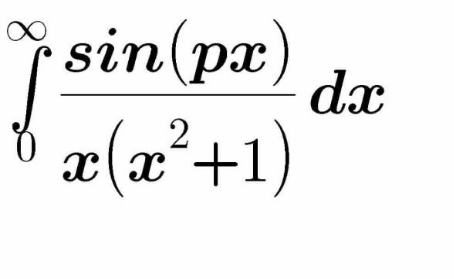
AllQuestion and Answers: Page 1081
Question Number 110269 Answers: 1 Comments: 4

Question Number 110268 Answers: 0 Comments: 3

Question Number 110265 Answers: 0 Comments: 0

Question Number 110262 Answers: 0 Comments: 0
Question Number 110260 Answers: 1 Comments: 0
Question Number 110254 Answers: 1 Comments: 0
Question Number 110247 Answers: 1 Comments: 0
Question Number 110246 Answers: 1 Comments: 0
$${solve}\:{for}\:{z}\in\mathbb{C}:\:\left({a}+{bi}\right)^{{z}} ={b}+{ai} \\ $$
Question Number 110245 Answers: 1 Comments: 2
$${solve}\:\int\frac{{dx}}{\:\sqrt[{\mathrm{3}}]{{c}−\sqrt{{b}−{ax}}}} \\ $$
Question Number 110233 Answers: 0 Comments: 0

Question Number 110227 Answers: 1 Comments: 1

Question Number 110223 Answers: 0 Comments: 4
Question Number 110222 Answers: 3 Comments: 0
Question Number 110219 Answers: 0 Comments: 3
Question Number 110218 Answers: 1 Comments: 0

Question Number 110215 Answers: 1 Comments: 1

Question Number 110214 Answers: 1 Comments: 0
Question Number 110204 Answers: 1 Comments: 4

Question Number 110203 Answers: 1 Comments: 0

Question Number 110197 Answers: 2 Comments: 4
Question Number 110183 Answers: 3 Comments: 0
Question Number 110182 Answers: 1 Comments: 2
$$\mathrm{Solve}\:{x}^{\mathrm{3}} +\mathrm{15}{x}−\mathrm{92}=\mathrm{0} \\ $$
Question Number 110175 Answers: 2 Comments: 0
Question Number 110173 Answers: 2 Comments: 0
Question Number 110157 Answers: 2 Comments: 0
Question Number 110156 Answers: 1 Comments: 0
Pg 1076 Pg 1077 Pg 1078 Pg 1079 Pg 1080 Pg 1081 Pg 1082 Pg 1083 Pg 1084 Pg 1085
